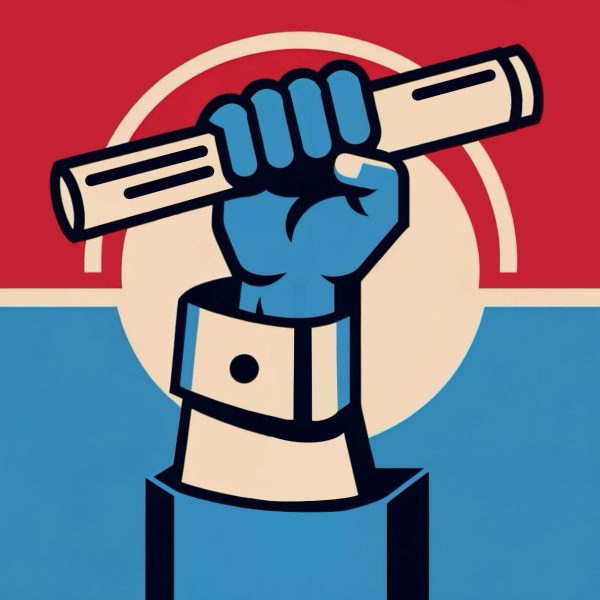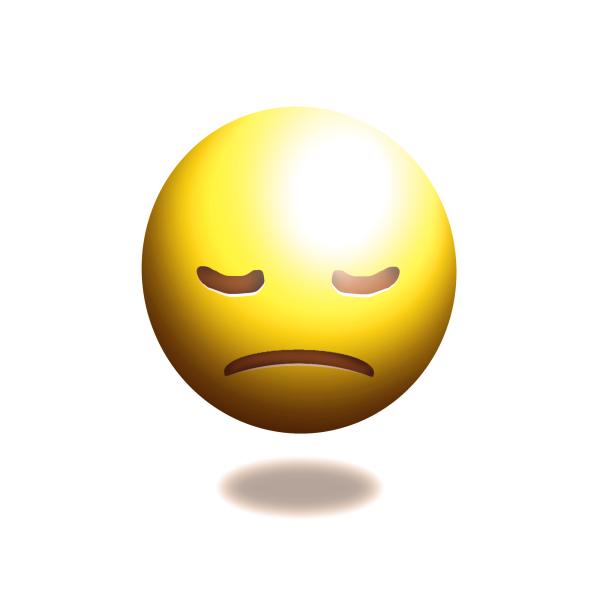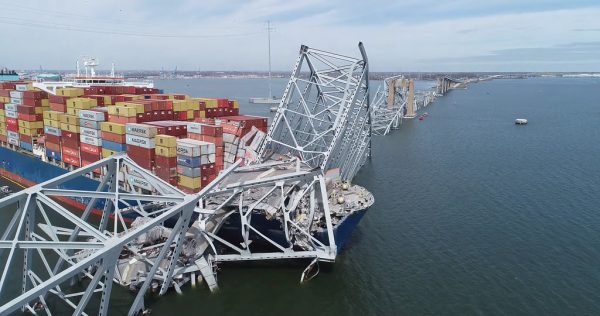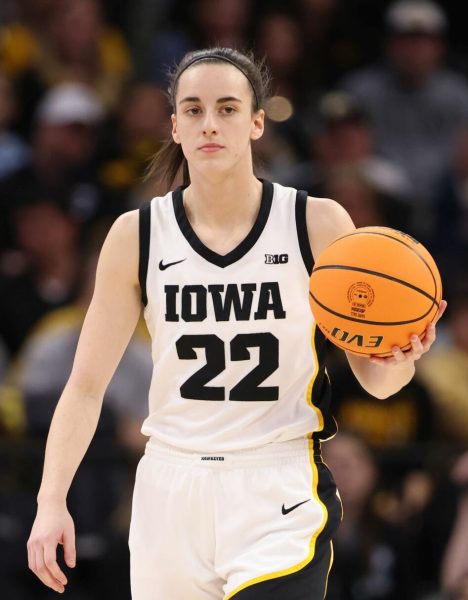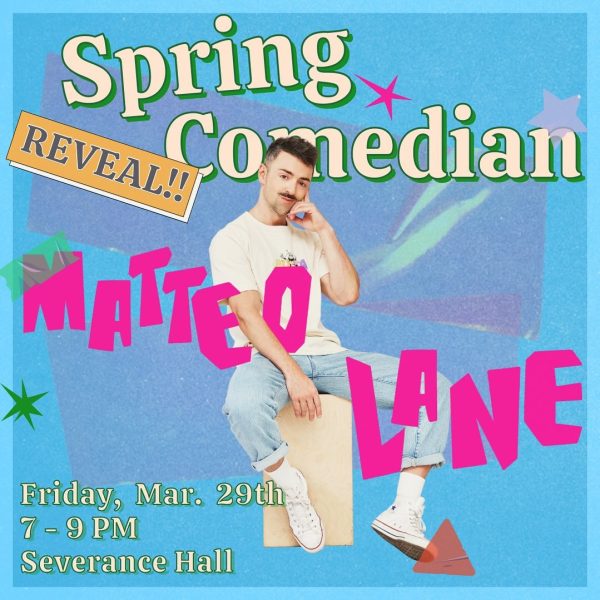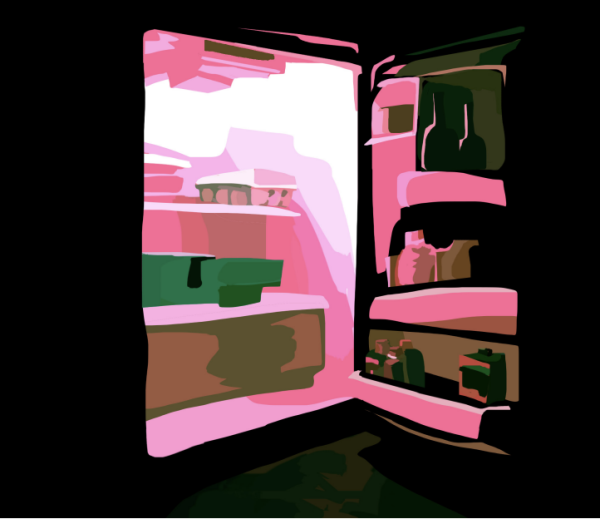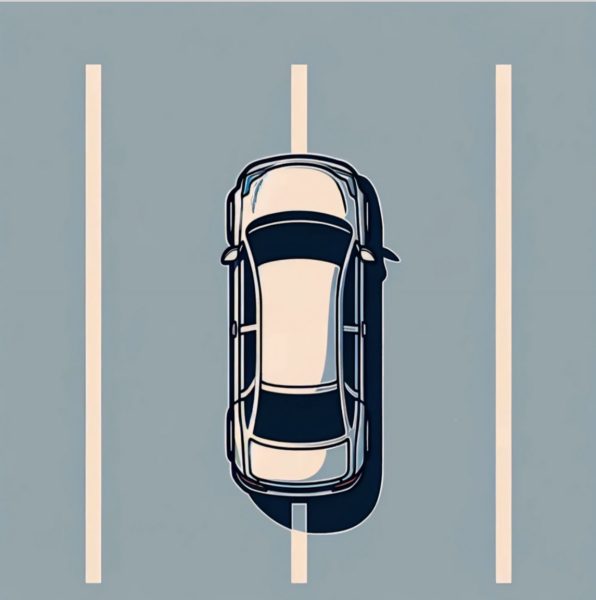Toledo: The dangers of specialization
October 12, 2018
What do you want to be when you grow up?
The very first time I was asked this question seriously was when I was in seventh grade. I was a gawky, braces wearing, acne riddled pre-teen who barely knew what I wanted for dinner, let alone to what I would dedicate the next 50 or more years of my life.
Most middle schoolers barely remember their locker combination and still rely on their parents for packed lunches and rides to and from school activities. At this age, none of us were ready to determine what our future looked like.
But somehow, by the time we arrived in high school, we were expected to know whether or not we wanted to continue onto higher education. If we were planning on attending college, we were encouraged to take advanced classes, begin preparing for our college application tests early, become involved with various extracurriculars in our schools and begin to develop an idea of what we hoped to study in college.
Even college applications themselves are based on the fantasies of high school students regarding what they are going to study and ultimately do with the rest of their lives. Such a system leaves little room for students to radically change paths, or even explore other disciplines to which they had previously had little or no exposure.
It’s all absurd. At this point in our lives, students are between 14 and 18 years old. Studies have proven that the human brain is not fully developed until the age of 24. But by the time we’re 24, high-achieving students such as ourselves are expected to have completed 4 years of undergraduate education and either joined the workforce or engaged in some kind of graduate education program.
In other words, society expects us to have set our life plans in motion well before our brains have even finished maturing.
This contributes to another issue: the death of the so-called Renaissance man. I use the word “man” very loosely, of course. The idea of the Renaissance man arose from its namesake period in history and refers to individuals with strong foundations in artistic, intellectual, social and physical disciplines. Such individuals include Leonardo da Vinci and Benjamin Franklin.
These days, there are remarkably few individuals with such a background. Pressure to specialize so early in our lives leads to students who are only educated in the arts, or only educated in science, technology, engineering and math (STEM), with limited exposure to other disciplines. For some STEM students at Case Western Reserve University, their only collegiate-level experience in non-STEM fields comes from the university’s standards requiring students to take at least one class within each category of classes, leading them toward the humanities, social sciences or fine arts. For students whose studies favor the humanities, like myself, the same is true to exposure to collegiate-level courses in STEM.
While such courses can be the most challenging for students, they are also the most valuable in the long run. Taking classes in a discipline outside of one’s comfort zone requires students to activate different parts of one’s brain and learn different ways of approaching issues. This in turn helps to create an individual’s well-rounded worldview; this creates a world full of people with the ability to approach problems from many different angles using knowledge or problem solving skills borrowed from other disciplines.
Without the time and the ability to explore new disciplines, students could be missing out on opportunities to solve major world problems, simply by approaching these problems from a new angle. The only way to ensure this, though, is by ensuring that students have the time and resources at the collegiate level simply to explore without having to worry about the effect it would have on their intended major pathways or GPA.
Katharine (Katie) Toledo is a second-year student from Columbus, Ohio. She studies political science and economics on the pre-law track with a minor in Spanish. Her hobbies include watching Netflix, staring at photos of her two beagles, visiting Mitchell’s Ice Cream and writing for The Observer.












